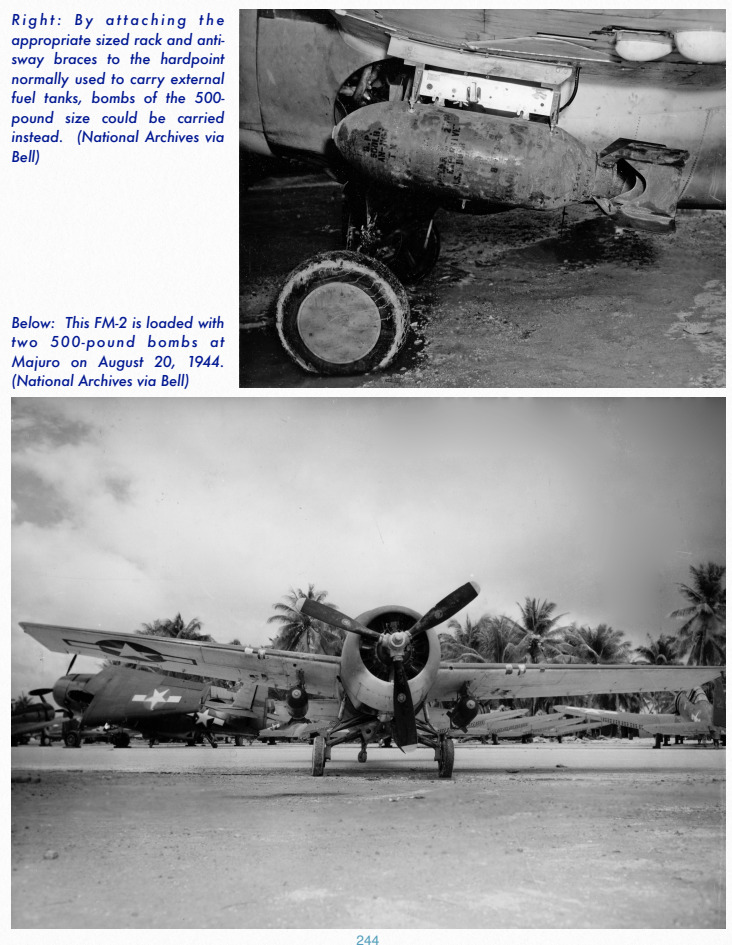- Yes
- No

Hello! I’d like to introduce and suggest the General Motors FM-2 Wildcat for the US aviation tech tree in War Thunder. It’s surprising that this aircraft hasn’t been added yet, despite being the most produced Wildcat variant, with 4,437 built for the US Navy and 340 for the Royal Navy. Historically, FM-2s were deployed on escort carriers in both the Atlantic and Pacific, where larger fighters like the F6F Hellcat and F4U Corsair could not operate effectively. Famously, FM-2 Wildcats flew off escort carriers to strafe the Japanese surface fleet, including Yamato, during the Battle off Samar.

- The Wilder Wildcat!
- Naval fighter
- Final and most numerous Wildcat variant based on an XF4F-8 prototype
- Powered by a 1,350-hp Wright R-1820-56 Cyclone radial engine with water injection
- Enlarged vertical tail for improved handling with a more powerful engine
- Four .50 cal M2 Browning machine guns with 1,720 rounds as a total
- New wing racks for two 250 lb bombs or six 5-inch HVAR rockets









This suggestion is part of my broader effort to promote more World War II content in War Thunder. The FM-2 Wildcat is overdue and deserves a place in the US aviation tech tree. To reiterate for emphasis, the FM-2 is the most produced Wildcat variant, with a powerful engine, improved flight performance, and access to new ground weaponry. The FM-2 should be added as a tech tree aircraft to complement the existing Wildcat family. It could be foldered with the earlier Wildcats or placed just before the F6F Hellcat to reflect its role as a transitional fighter.


- Model FM-2 Airplane Characteristics & Performance (1 September 1944)
- Pilot’s Handbook of Flight Operating Instructions for Navy Model FM-2 and British Model Wildcat VI Airplanes (15 June 1945)
- F4F Wildcat in Detail & Scale: Covers all Grumman & General Motors Versions Volume 65 (2000)
- F4F Wildcat in Action: Aircraft Number 191 (2004)
- F4F & FM Wildcat in Detail & Scale - Detail & Scale Series Book 7 (2018)
- The Wilder Wildcat — General Aviation News
- Grumman F4F Wildcat/Martlet production information differences and color schemes
- F4FColors
- Grumman F4F Wildcat
- Grumman F4F Wildcat
- FM-2 Wildcat (Pacific Island)
- General Motors / Eastern Aircraft FM-2 Wildcat
- FM-2 Wildcat Info
- General Motors FM-2 Wildcat | Military Aviation Museum
- FM-2 Performance Trials
- Grumman F4F Wildcat - Wikipedia






